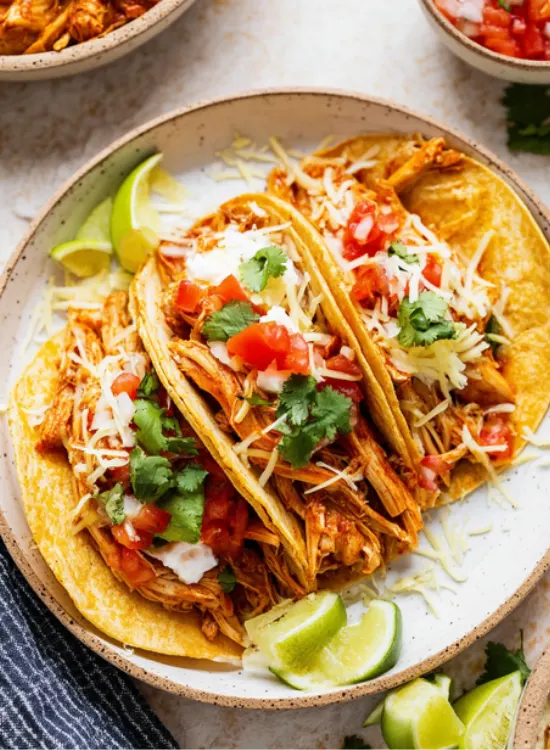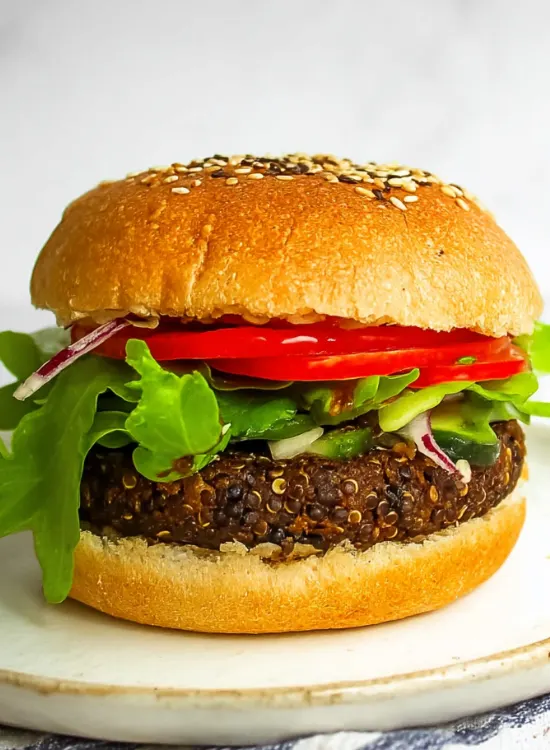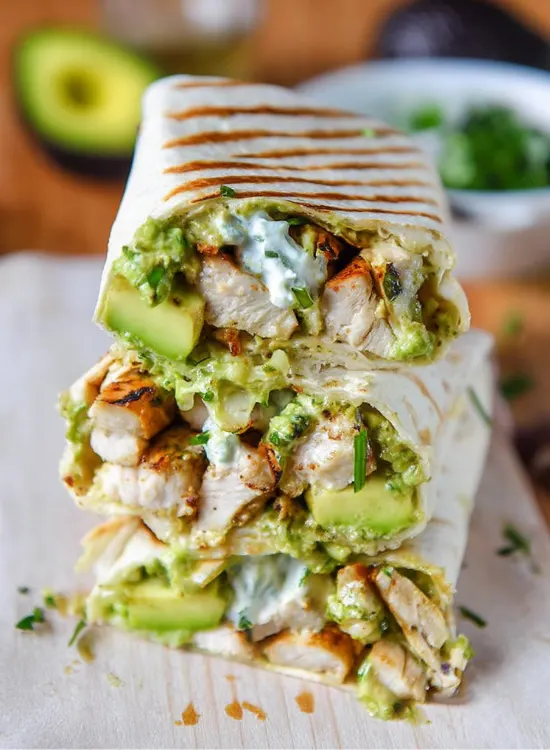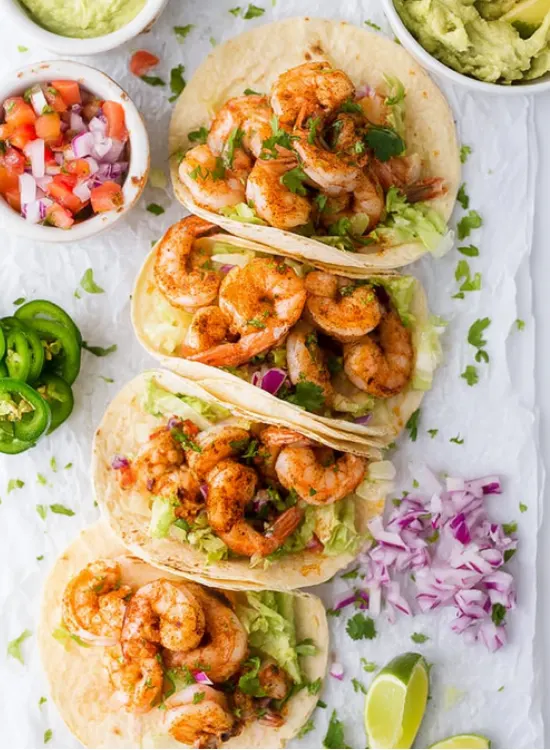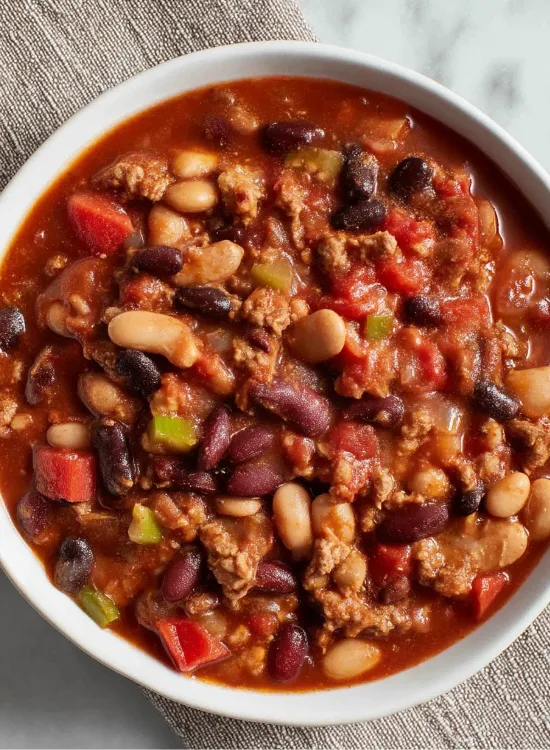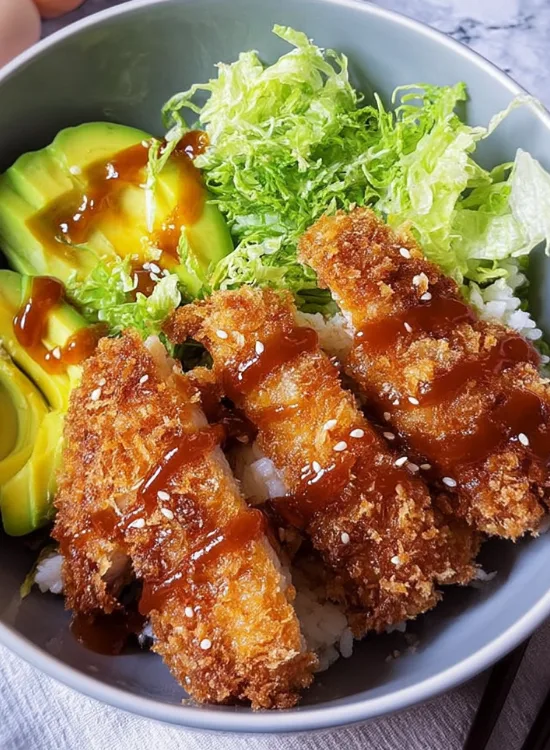Need a fast kung pao beef recipe to dazzle everyone in the room? This spicy Sichuanese classic marries tender beef, crunchy peanuts, and dried chiles in a sauce that’s both sweet and salty and swimming in heat.
Homemade kung pow beef, on the other hand, allows you to adjust not only the levels of heat but the quality of everything else. And it’s way less expensive than ordering delivery every time you want this addictive dish.
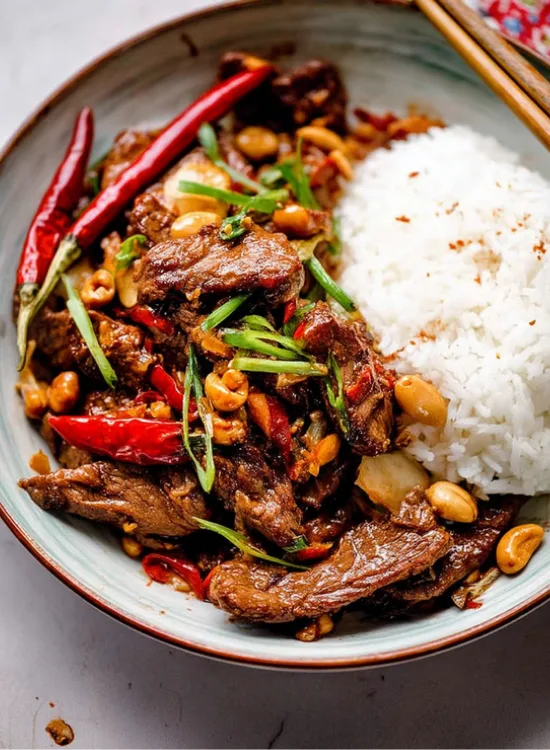
Table of contents
What is Kung Pao Beef?
Kung pao beef is a spicy Sichuan stir-fry featuring diced beef, peanuts, veggies, and dried red chilies. The sauce, a lacquer of soy sauce, rice vinegar and sugar that combines sweet and savory just right, is what gives this dish its name and signature flavor.
Though kung pao was traditional made with chicken (kung pao chicken), beef kung pao is equally well-liked. The secret is choosing the right cut of beef and not overcooking it, so that it remains tender.
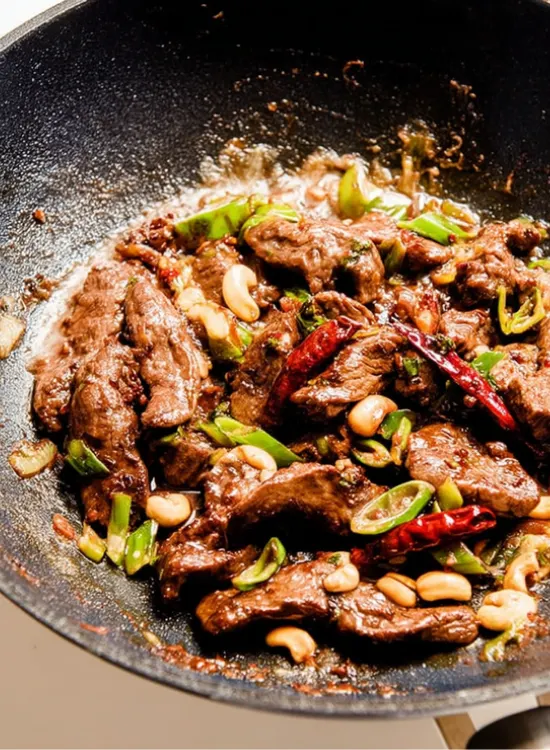
Kung Pao Beef Ingredients
Here’s what you need for real kung pao beef:
For the beef:
1 (a pound) flank or sirloin steak, chopped into little cubes
2 tbsp cornstarch
1 tbsp soy sauce
1 tsp sesame oil
For the sauce:
3 tbsp soy sauce
2 tbsp rice vinegar
1 tbsp sugar
1 tsp cornstarch
1 tsp sesame oil
For stir-frying:
3 tbsp vegetable oil
4-6 dried red chilies
1 teaspoon Sichuan peppercorns (not mandatory but highly recommended)
3 cloves garlic, minced
1 inch ginger, minced
1/2 cup roasted peanuts
2 green onions, chopped
The secret is to marinate the beef first, so that it is super tender during the short stir-fry cooking.
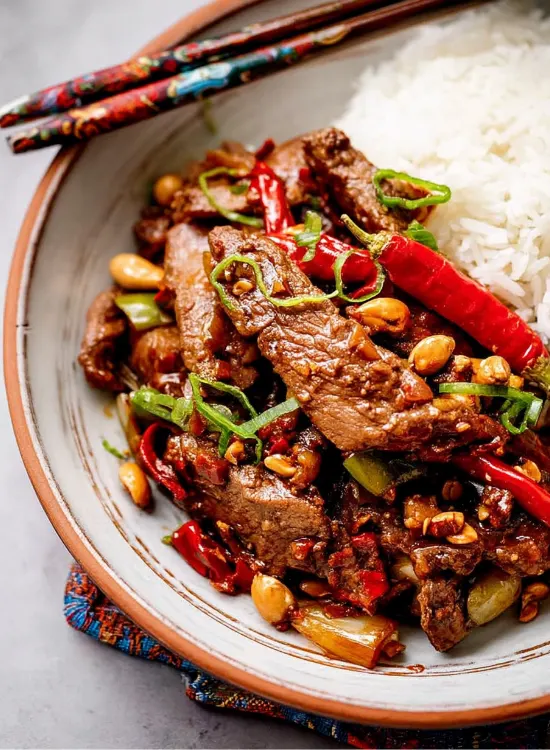
How to Make Kung Pao Beef
Step 1: Prep the beef
Start off by cutting the beef into small, even (about 3/4 inch) cubes. Toss with cornstarch, soy sauce and sesame oil. Leave it on for at least 15 minutes.
Step 2: Prepare the sauce
Whisk all sauce ingredients together, ensuring that the cornstarch dissolves. Set aside.
Step 3: Warm up your wok
Get your wok or large skillet really hot. Add oil and swirl to coat.
Step 4: Cook the beef
Place marinated beef in an even layer. Do not move it for 2-3 minutes so it gets a nice sear. Stir-fry until just cooked through, 5 minutes in all. Remove beef and set aside.
Step 5: Create the aromatics
In the same pan (no need to wash), combine the dried chilies and Sichuan peppercorns. Stir in for 30 seconds, until aromatic. Add garlic, and ginger, cook for 30 seconds more.
Step 6: Bring it all together
Return beef to the pan. Add the sauce and toss to combine. Add peanuts and green onions. Continue cooking for a minute or two or until sauce is thickened and coats well.
The entire cooking process is maybe 10 minutes, once you have everything prepped.
Kung Pao Beef vs Other Chinese Dishes
Kung Pao Beef vs Hunan Beef
Hunan beef is typically a bit spicier and doesn’t contain peanuts. It leans more heavily on pure heat, while kung pao strikes a spicy-sweet-nutty balance.
Kung Pao Beef vs Mongolian Beef (Difference between Kung Pao and Mongolian)
Mongolian beef is not spicy and sweeter, and does not have peanuts. It typically includes more onions and its sauce is thicker and stickier than kung pao’s lighter glaze.
How Do Kung Pao and General Tso’s Chicken Differ?
General Tso is battered and deep-fried in a sweet, thick sauce; kung pao beef is stir-fried in a lighter sauce. General Tso is a restaurant-based, more Americanized sort of Chinese food – kung pao is a bit more authentic with its numbing, piquant heat from Sichuan peppercorns.
Kung Pao Beef Bowl Ideas
What to serve with your kung pao beef:
Steamed jasmine rice
Brown rice for extra fiber
Low Carb Can swap cauliflower rice out for the rice.
Rice noodles
Quinoa for added protein
You can meal prep with this dish too, especially with this kung pao beef bowl trend! Just keep the rice and beef apart until you’re ready to eat.
Is Kung Pao Beef Healthy?
Depending, in other words, on how you make it, kung pao beef can be a pretty healthy dish. The lean beef is good quality protein and peanuts (I guess) are full of the good fat? The vegetables provide you with vitamins and fiber.
Health benefits:
High protein from beef
Healthy fats from peanuts
Antioxidants from chilies and garlic
Iron and B vitamins from beef
To make it healthier:
Use less oil for cooking
In more vegetables like bell pepper or broccoli.
Serve over brown rice or riced cauliflower
Cut back on sodium with reduced-sodium soy sauce(parts of it are less saluting than others).
(If you use tamari instead of regular soy sauce, the dish is naturally gluten free.
Cooking Tips for Perfect Kung Pao Beef
If you’re a bit rusty on Chinese cooking or simply want to improve your skills, we’ve got you covered with everything you need to know about making Kung Pao Beef.
Slice beef across the grain – the grain of the meat is the direction that the long muscle fibers are aligned.
Do not over crowd the pan, cook in batches if required.
Prepare everything – stir frying goes quickly
High heat – this is crucial in achieving that wok hei taste
Toast the peanuts if buying raw, otherwise use pre-roasted peanuts
Storage and Reheating
Leftover kung pao beef will store in the refrigerator for 3-4 days. Reheat in a skillet over medium heat (rather than the microwave) to prevent the beef from becoming tough.
You can also freeze it for 3 months, although it won’t have quite the texture of fresh.
Other Dishes for Your Table Using Similar Stir-Fry Technique
If you’re a fan of bold flavors, like in this kung pao beef, you are going to want to try these other yummy recipes too:
Some crispy chicken katsu: Japanese home comfort food at its best
Black Pepper Chicken – Another Spicy Stir-fry Winner
Steelhead Trout Recipe – For when you feel like something a bit lighter
Or, if Crockpot Chicken is what your craving, don’t miss our simple Crockpot Chicken Tacos for easy Mexican flavors or Cowboy Butter Chicken Linguine for creamy pasta comfort.
Don’t forget to try our delicious Chicken Avocado Wrap for a lighter meal option.
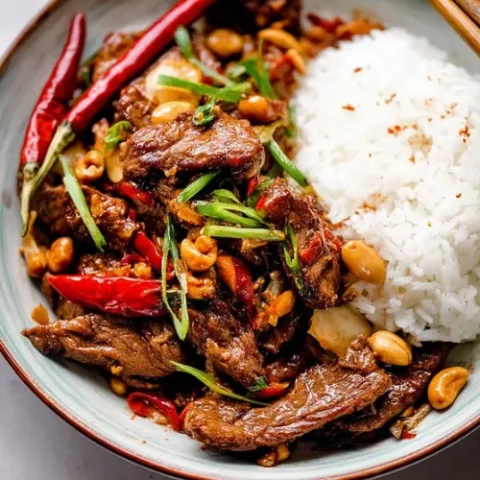
Kung Pao Beef
This spicy and savory Kung Pao Beef recipe brings authentic Sichuan flavor to your kitchen. With tender cubes of beef, crunchy peanuts, and a bold sauce made from soy sauce, rice vinegar, and dried chilies, it's better than takeout and ready in under 30 minutes.
Ingredients
For the Beef:
- 1 lb flank steak or sirloin, cut into small cubes
- 2 tbsp cornstarch
- 1 tbsp soy sauce
- 1 tsp sesame oil
For the Sauce:
- 3 tbsp soy sauce
- 2 tbsp rice vinegar
- 1 tbsp sugar
- 1 tsp cornstarch
- 1 tsp sesame oil
For Stir-frying:
- 3 tbsp vegetable oil
- 4–6 dried red chilies
- 1 tsp Sichuan peppercorns (optional but recommended)
- 3 cloves garlic, minced
- 1 inch ginger, minced
- 1/2 cup roasted peanuts
- 2 green onions, chopped
Instructions
- Prep the beef: Cut beef into 3/4-inch cubes. In a bowl, combine with cornstarch, soy sauce, and sesame oil. Let marinate for at least 15 minutes.
- Make the sauce: In a small bowl, whisk soy sauce, rice vinegar, sugar, cornstarch, and sesame oil until smooth. Set aside.
- Heat the wok: Heat a wok or large skillet over high heat. Add vegetable oil and swirl to coat.
- Cook the beef: Add beef in a single layer. Sear without stirring for 2–3 minutes. Stir-fry until just cooked through, about 5 minutes. Remove from pan and set aside.
- Aromatics: In the same pan, add dried chilies and Sichuan peppercorns. Stir-fry 30 seconds until fragrant. Add garlic and ginger, cook another 30 seconds.
- Combine: Return beef to the pan, add sauce, peanuts, and green onions. Stir-fry for 1–2 minutes until sauce thickens and everything is coated.
Notes
- Slice beef against the grain to ensure tenderness.
- Toast peanuts in a dry pan if not pre-roasted.
- Use low-sodium soy sauce to reduce sodium.
- Add extra vegetables like bell peppers or broccoli for nutrition and color.
- Great for meal prep – store rice and beef separately for freshness.
Nutrition Information
Amount Per ServingCalories 420Total Fat 25gCholesterol 75mgSodium 720mgCarbohydrates 18gFiber 2gSugar 4gProtein 32g
FAQ
What is a kung pao beef?
Kung pao beef is a spicy, Sichuan stir-fry dish featuring cubes of beef, peanuts, dried chilies, and vegetables in a sweet and salty sauce.
What is kung pao made of?
Classic kung pao has diced meat (beef or chicken), roasted peanuts, dried red chilies, Sichuan peppercorns, and a sauce rendered from soy sauce, rice vinegar, and sugar.
Is kung pao good for you?
Yes, kung pao beef is a good source of high-quality protein, healthy fats (from the peanuts) and several vitamins and minerals. When prepared with just a little oil and a side of vegetables, it’s not super unhealthy.
This kung pao beef recipe takes the best of those restaurant flavors and brings them into your kitchen without the high price tag. A combination of tender beef, crunchy peanuts and that addictive sauce makes it the perfect weeknight dinner or weekend cooking project.

